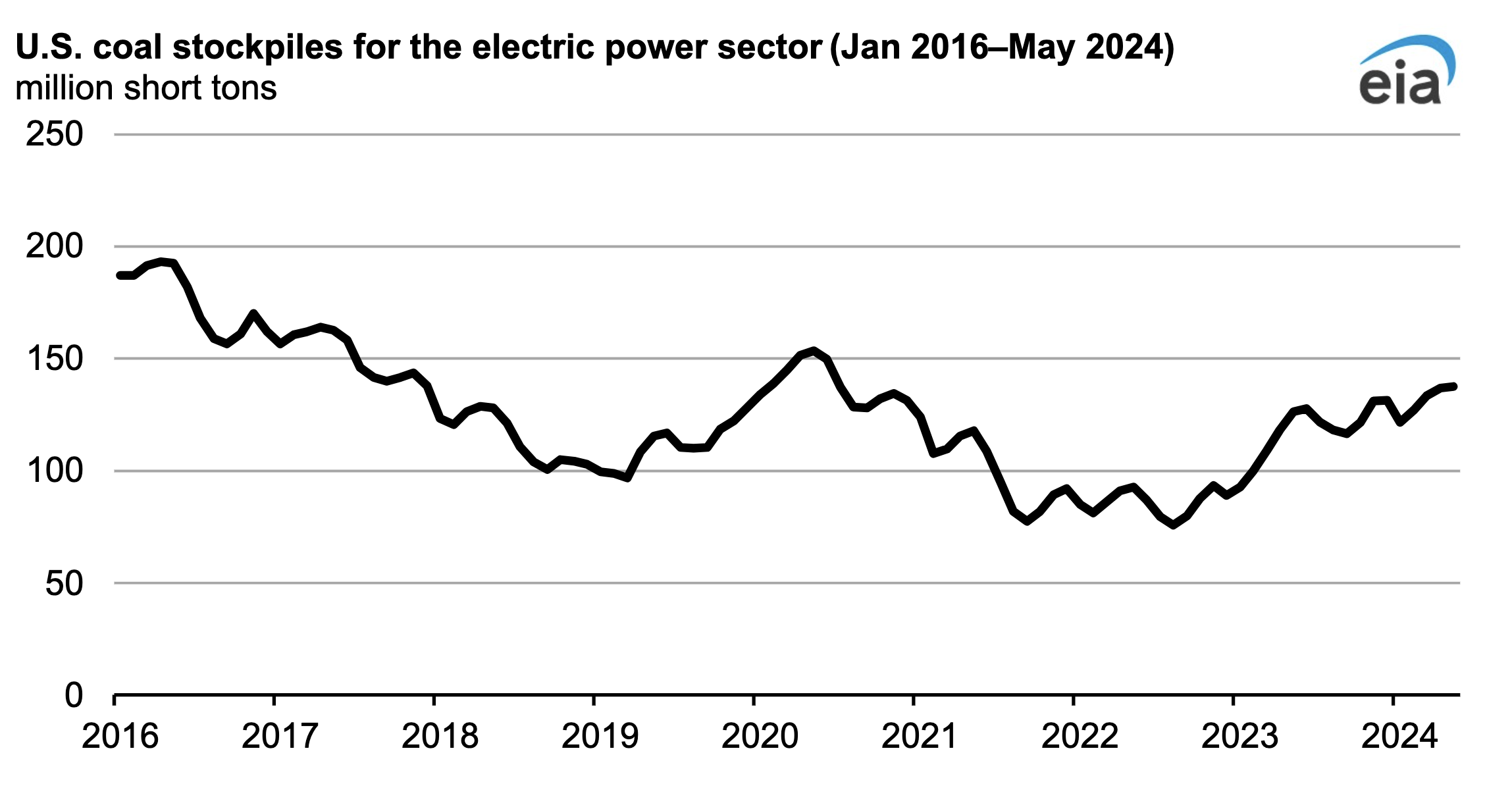Sign up for daily news updates from CleanTechnica on email. Or follow us on Google News!
What is it like to recycle oysters? First, shuck the hearty bivalves and suck out their nutty yumminess. Then place the empty oyster shells (called cultch) in piles as high as an adult in an outside garbage and recycling area. The shells need to rest and absorb nature’s elements; in fact, the sun’s rays bake the shells for a year, which is necessary to eliminate bacteria.
The oyster shells dry into a wonderful sun-bleached iridescence.
Why should you support restaurants, bars, and homeowners that recycle oyster shells? More than 85% of oyster reefs have disappeared worldwide. Gone are 99% of the former oyster beds in Narragansett Bay, Rhode Island. These losses have occurred due to over-harvesting or habitat destruction, but oyster recycling efforts may have a slow, positive effect on oyster reef reestablishment.
Anytime we can divert food organic matter from overburdened waste streams, we are helping our communities to decrease environmental impacts and fiscal costs. Oysters help minimize nitrogen levels and create healthier ocean ecosystems. The reduction of highly visible landfill materials like oyster shells sends a message that resonates with other coastal communities: you, too, can reduce the waste you send to landfills, as Yarmouth, Massachusetts, assistant public works director Roby Whitehouse told the Boston Globe.
It starts with a small but dedicated team that is locally-based, who spread the joy of oyster reclamation and the steps needed to get there.
 Chip in a few dollars a month to help support independent cleantech coverage that helps to accelerate the cleantech revolution!
Chip in a few dollars a month to help support independent cleantech coverage that helps to accelerate the cleantech revolution!
Look at one New England state’s waste burden. Six million tons of refuse arrive at Massachusetts’ six strained landfills every year. It’s an enormous task to manage this amount of refuse, and Massachusetts is attempting to tackle it with its Department of Environmental Protection 2030 Solid Waste Master Plan. It outlines how lessening waste as well as diverting it with recycling, composting, and anaerobic digestion will achieve important greenhouse gas emissions reductions, result in energy savings, and conserve resources from a lifecycle perspective.
Several communities in MA are supporting those goals in part by establishing oyster recycling projects.

Oyster Projects: (Re)Creating Ocean Estuaries
The Massachusetts Oyster Project is a non-profit working to strengthen the coastal environment by restoring native shellfish populations to beaches and coastal estuaries. Through oyster cultivation, shell recycling, education, and advocacy, the Project seeks to improve water quality, increase the diversity of sea life, and mitigate the effects of climate change.
The Oyster Project collaborates with the town of Wellfleet on the lower Cape to collect discarded shells from roughly 25 area restaurants each summer. In 2024 they expanded their region into the mid-Cape town of Yarmouth. Together, the towns have diverted more than 92,000 pounds of organic matter from the trash in three years. Instead of remaining in the waste stream, the aged oyster shells are eventually deposited in Wellfleet Harbor and Yarmouth’s Bass River.
The new habitat suits juvenile oysters, which grow on hard substrates such as rock or shell. Eventually, the oysters are returned to the waters off Cape Cod, creating ideal oyster habitats while filtering pollutants out of the ocean. The shells also provide ideal nurturing grounds, as free-swimming oyster larvae not yet in shells (called spat) settle onto rocks or shells to grow into mature oysters. The spat then grow their own shells and eventually develop into larger reefs.
The town of Yarmouth and the Oyster Project partnered with Aquacultural Research Corp., a shellfish hatchery in nearby Dennis, to purchase 60,000 spat this year to grow in a public shellfish nursery, like an incubator (called an upweller), at Yarmouth’s Packet Landing Marina.
The work is part of a larger propagation program to grow up to seven million oysters and develop a larger reef in Yarmouth waters in 2025, Yarmouth shellfish constable Casaundra Healy outlined.
“With 60,000 of them [spat] in the water right underneath the docks, it’s really impressive. As long as we have a successful turnover this season, we would love to double, if not triple, what we’re doing this year for next season.”
The Project conducts ongoing water testing to determine nitrogen and salinity levels, as well as temperatures. Anthropogenic stressors such as these have taken a heavy toll on coastal ecosystems and also pose numerous risks to human health and well-being. Too much nitrogen spurs algae growth, and large algal blooms can make seafood toxic, kill marine life, and harms seafood sources for humans.
The Project managers will know the program has worked well when nitrogen levels in Wellfleet Harbor and Bass River decline.
The Nature Conservancy, a worldwide environmental conservation organization with branches in dozens of countries, has recycled more than 881,000 pounds of oyster shells from Rhode Island restaurants, and initiatives on Martha’s Vineyard and Nantucket have recycled more than 206,000 pounds, roughly eight times the size of the mounds at Wellfleet. Woods is optimistic about magnifying the possibilities of shell recycling on the Cape.
The Indian River Lagoon (IRL), a Florida watershed, is a biodiversity hotspot, and it was designated as one of the 28 estuaries of national significance by the US Environmental Protection Agency. Over the past several decades, however, increasing eutrophication from population growth and climate change has reduced IRL water quality and led to harmful algal blooms, hypoxic events, habitat degradation, and biodiversity losses. The eastern oyster, Crassostrea virginica, is an important suspension feeder in the IRL and other estuaries, wherein it filters a wide variety of organic and inorganic particles, including bacteria, from large volumes of water.
The Florida Oceanographic Institute in Stuart is one organization that monitors the development and health of natural and constructed oyster reefs in the IRLand St. Lucie Estuary. Recruitment, growth, and survival of oysters is measured to evaluate the success of oyster restoration projects and to better understand oyster health within the estuary.
The Science Behind Reef Reclamation
Coastal communities all over the world are attempting to save oyster reefs near estuarine channels which have experienced substantial mortality over the last decades. This is partially due to bank erosion, exacerbated by boat activity. Potentially pathogenic microbes (PPM) — both indigenous and those that enter estuaries through urban and agricultural runoff — are also funneled through suspension-feeding organisms and deposited onto the benthos, where they can be moved through food webs.
If current erosion rates continue, simulations suggest a potential 20% filtration reduction over 100 years, worsening water quality. The urgency to protect and restore reefs near banks to mitigate erosion and wave action and maintain filtration services is profound.
Research shows that oyster restoration rapidly enhances sedimentary organic carbon deposition. Living sustainably in a coastal environment entails multiple intersecting challenges from climate change, over-harvesting, eutrophication, and land development. Nature-based solutions, such as living shorelines, have gained incredible momentum over the past two decades as an alternative to coastal armoring that can preserve or even increase coastal habitat.
Oysters improve water quality via filtration and sediment stabilization and provide refuge for a variety of fish and invertebrates.

Have a tip for CleanTechnica? Want to advertise? Want to suggest a guest for our CleanTech Talk podcast? Contact us here.
Latest CleanTechnica.TV Videos
CleanTechnica uses affiliate links. See our policy here.
CleanTechnica’s Comment Policy





